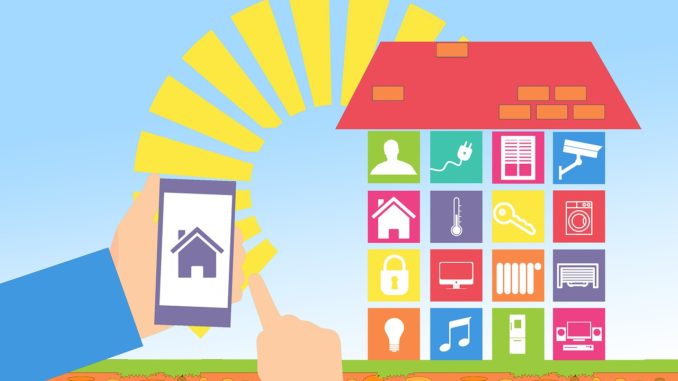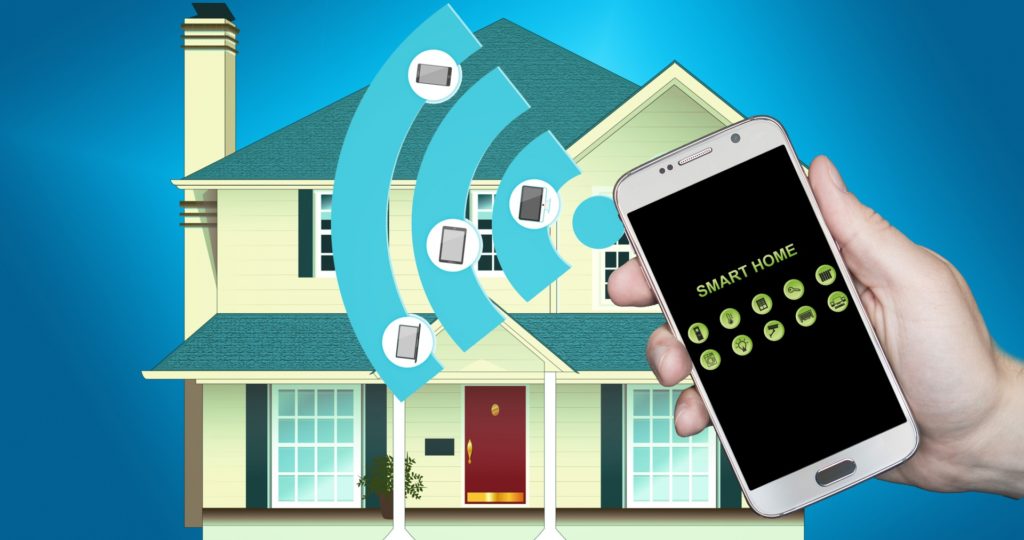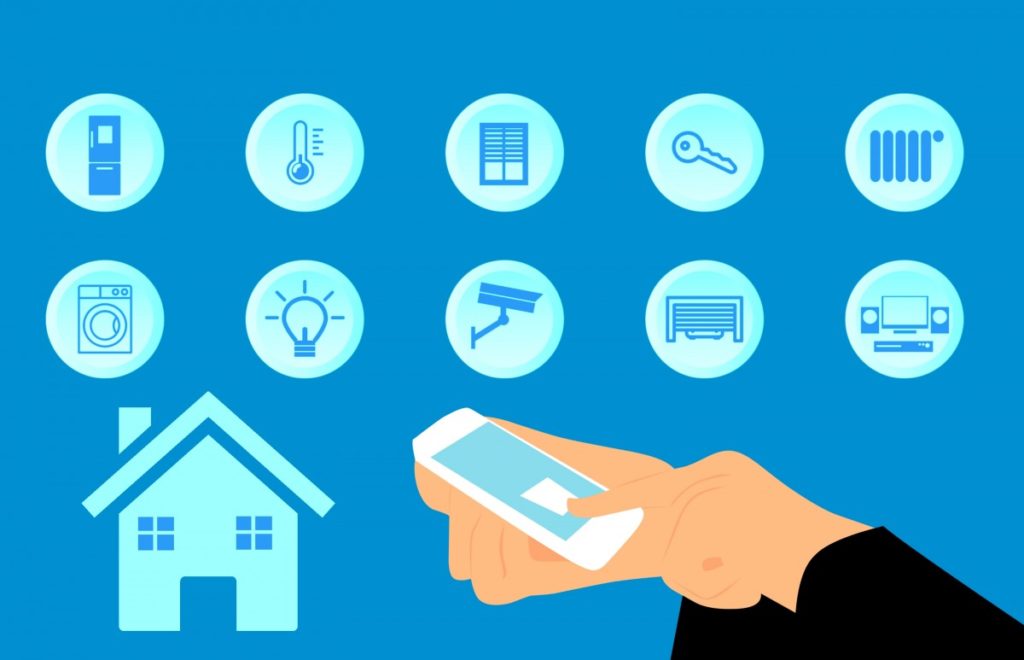
When you’re not home, nagging little doubts can start to crowd your mind. Did I turn the coffee maker off? Did I set the security alarm? Are the kids doing their homework or watching television?
With a smart home, you could quiet all these worries with a quick glance at your smartphone or tablet. Smart home technology allows you to connect the devices and appliances in your home so they can communicate with each other and with you.
Any device in your home that uses electricity can be put on your home network and therefore at your command. Whether you give that command by voice, remote control, tablet or smartphone, the home reacts. Most applications relate to lighting, home security, home theatre and entertainment, and thermostat regulation.
What used to be a quirky industry that churned out hard-to-use and frilly products is finally maturing into a full-blown consumer trend. Instead of start-up companies, more established tech organizations are launching new smart home products. Much of this is due to the jaw-dropping success of smartphones and tablet computers. These ultra-portable computers are everywhere, and their constant Internet connection means they can be configured to control myriad other online devices.

It’s all about the Internet of Things.
The Internet of Things is a phrase that refers to the objects and products that are interconnected and identifiable through digital networks. This web-like sprawl of products is getting bigger and better every day. All the electronics in your home are fair game for this tech revolution, from your fridge to your furnace.
Smart homes may make life easier and more convenient. Who wouldn’t love being able to control lighting, entertainment and temperature from their couch? Whether you’re at work or on vacation, the smart home will alert you to what’s going on, and security systems can be built to provide an immense amount of help in an emergency. For example, not only would a resident be woken with notification of a fire alarm, but the smart home would also unlock doors, dial the fire department and light the path to safety.
Here are a few more examples of cool smart home tricks:
- Light a path for nighttime bathroom trips.
- Unlock your door automatically as you approach.
- Feed your pets on a schedule with a preset amount of food.
- Instantly create mood lighting for any occasion.
- Program your television so that your children can watch only at certain times.
- Warm the bedroom before you get out of bed so that it’s nice and toasty when you get up.
- Turn on the coffee maker from bed.
Smart homes also provide some energy efficiency savings. Because the central control system puts some devices at a reduced level of functionality, they can go to sleep and wake up when commands are given. Electric bills go down when lights are automatically turned off in empty rooms, and rooms can be heated or cooled based on who’s there at any given moment. Some devices can track how much energy each appliance is using and command power hogs to use less.
Smart home technology also promises tremendous benefits for elderly people living alone. A smart home could notify the resident when it’s time to take medicine, alert the hospital if the resident falls and track how much the resident is eating. If an elderly person is a little forgetful, the smart home could perform tasks such as shutting off the water before a tub overflow or turning off the oven if the cook had wandered away. It can also allow adult children who might live elsewhere to participate in the care of their ageing parents. Easy-to-control automated systems would provide similar benefits to those with disabilities or a limited range of movement.
While a lot of Home Automation products are quite expensive, it isn’t always about pricey products. Some of the most useful smart home tools are actually free.
For instance, many products are compatible with IFTTT (IF Then, Then That), which is a free Internet service that lets you automate an endless number of processes. IFTTT is basically just a simple way to create triggers that result in specific actions. For instance, you could set up a compatible motion detector in your bedroom, and when it sees that you’re up for the morning, it will trigger the coffee pot in the kitchen.
The potential for these kinds of “if x, then y” type of actions is limited only by your imagination. Of course, it takes some time to set up all these fun actions. And that brings up one of the biggest challenges of home automation products.
Many smart home products use their own proprietary apps. In short, you could install dozens of home automation gadgets and their associated apps, and then slowly drown in frustration as you try to control all of them.
Before you buy, check product reviews and avoid those that draw the ire of users. There are plenty of products making sky-high promises that fall flat in the real world. And if you’re a smartphone user, strongly consider products that come with an equally well-reviewed smartphone app. Some apps are so unwieldy or convoluted that they cause more headaches than they relieve.

Consumer electronics manufacturers are ramping up their product lines in the hope that home automation finally hits the mainstream. Thanks to smartphones and tablets, and the many home automation apps that are now available, there’s a chance the trend will catch on … but a full-on Jetson’s-style home may still be years or decades off.
Let us know what you think about smart homes in the comments below!

Leave a Reply